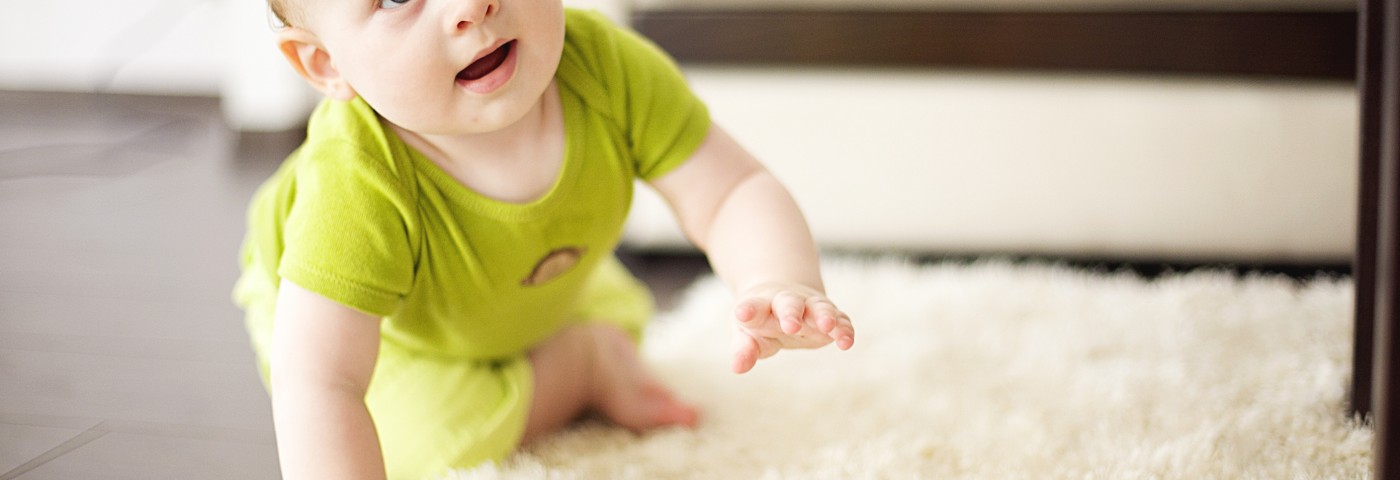Contrary to what some people often think, the chemical constituents of cigarette smoke do not vanish into thin air, but they settle into, accumulate, and are stored in the surrounding environment, such as in walls, carpets, upholstery, curtains, and clothing. According to a multidisciplinary research team at San Diego State University (SDSU), this residue known as thirdhand smoke can be perceived for a long time after a cigarette is extinguished, and it presents a danger to health, particularly to people with compromised immune systems and to young children.
Researchers at SDSU are investigating how persistent and widespread thirdhand smoke can be, and are searching for strategies to eliminate it from people’s homes.
About 20 years ago, Dr. Georg Matt, Psychologist at SDSU, became interested in this topic while working on a smoking cessation study that determined that nicotine substances could still be detected in children of mothers who had smoked in the past, even after they stopped smoking and no one else smoked near the child. The discovery perplexed the researcher, as how were the children still being exposed to secondhand smoke?
By observing the behavior patterns in his own young children, and how involved they were in their environments, Dr. Matt discovered an answer. “Hands are sampling devices of surface in our immediate environment, as we like to say,” said Dr. Matt in a SDSU news release.
If smoked tobacco nicotine byproducts remained in the house, then it was obvious that children of former smokers were still being exposed to the less evident but dangerous substances. “Homes become reservoirs of tobacco smoke pollutants,” noted Dr. Matt. “These volatile compounds soak into the drywall; gypsum is like a bottomless pit for these toxins. Carpets are tremendous reservoirs.”
Dr. Penelope Quintana, an environmental health researcher at SDSU, clarified that people are more familiar with thirdhand smoke residue when noticing the yellowing of walls at home. Drs. Matt, Quintana, and Eunha Hoh, an environmental chemist, are currently studying thirdhand smoke in a range of environments where an unwary public might face the lasting repercussions of smoke residues: newly bought homes, rental housing units, hotel rooms rental cars, and casinos. The SDSU research team are among the leaders in thirdhand smoke research and part of the Thirdhand Smoke Research Consortium.
Environmental pollutants
“Cigarette smoke is known to contain thousands of chemicals, and these chemicals get deposited onto surfaces,” explained Dr. Hoh. “A great many of them are known to be toxic and carcinogenic. The levels of these chemicals may be quite low in thirdhand smoke residue, but they are dangerous when you have chronic exposure.”
The list of harmful chemical substances in cigarette smoke that scientists can study in thirdhand smoke residue is long. As Dr. Matt clarified, these chemicals substances hang around in the environment, and can undergo a chain of chemical responses that turn harmless substances into dangerous ones. However, such chemicals represent only a part of the issue, as there are other dangerous substances in cigarette smoke that remain unknown.
Dr. Hoh is a specialist in non-targeted analysis, a high-tech form of chemical analysis able to identify the presence of unknown chemical substances. So far, she and her team have discovered a relationship between thirdhand smoke and the presence of carcinogenic substances called polycyclic aromatic hydrocarbons (PAHs). PAHs can also cause asthma attacks, throat and lung irritation, cardiovascular problems, and interfere with wound healing.
Simply vacuuming or dusting doesn’t eliminate the danger, nor does painting walls eradicate the presence of these dangerous substances, as Dr. Quintana clarified. “We were really surprised by how persistent the contamination is in the home, even months after people have stopped smoking in it,” she noted.
Populations more vulnerable to thirdhand smoke
According to the team, persistence of thirdhand smoke and its dangers to health is a particular problem for children, as they are more likely to put their hands and objects into their mouths, and they tend to spend more time on the ground where house dust accumulates in carpets. In this context, children are at higher risk of suffering from thirdhand smoke dangerous health effects. At an even higher risk of exposure to thirdhand smoke are children from lower-income families, who are more likely to live in rented homes and to move between houses more frequently.
The U.S. Department of Housing and Urban Development (HUD) has granted the SDSU research team $700,000 to study the best ways to decrease thirdhand smoke risk in HUD-subsidized houses. In a timeframe of three years, the team will enroll subjects in 200 low-income homes and will offer clean-up services ranging from dusting to professional deep cleaning. The researchers will periodically analyze the houses for traces of thirdhand smoke.
Dr. Matt provided the following tips on how one can best protect him-herself and children from thirdhand smoke effects:
- Avoid smoking or using electronic cigarettes at home or in the car.
- Prohibit visitors to smoke indoors.
- If visiting friends or family who smoke indoors, stay in a hotel.
- Do not allow visitors to smoke in the presence of children.
- Request smokers to wash their hands and even change their clothes after smoking.
- If renting a car, ask for a smoke-free car.
- At hotels, request smoke-free rooms.
- When renting an apartment or buying a home, one should make sure to ask about tobacco use.
- Quit smoking is difficult but rewarding.
- It normally takes six or more attempts before a smoker quits smoking for good. In order to find help achieving it, individuals can consult their primary care physician or contact the California Smoker’s Helpline.
“There are no real known solutions for cleaning up thirdhand smoke,” concluded Dr. Hoh, but she emphasizes, “We need to find a way to get rid of it.”

